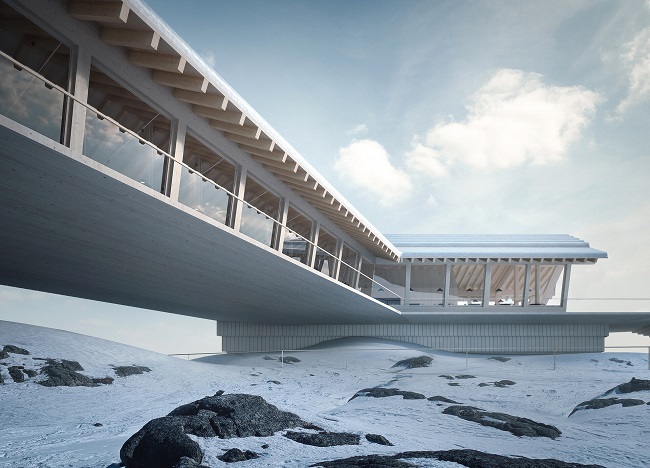Following World War II, a collection of architectural styles known as “modern” or “modernist” rose to prominence and would come to be known as the dominant mode of design for the remainder of the century.
It was founded on a rejection of neoclassical architecture and the Beaux-Arts styles that had been popular in the 19th century and on the use of new technologies of construction, such as glass, steel, and reinforced concrete.
Up until the 1980s, when postmodernism began to take over, modern architecture was the standard for government and business structures.

Frank Lloyd Wright, Ludwig Mies van der Rohe, Le Corbusier, Walter Gropius, Konstantin Melnikov, Erich Mendelsohn, Richard Neutra, Louis Sullivan, Gerrit Rietveld, Bruno Taut, Gunnar Asplund, Arne Jacobsen, Oscar Niemeyer, and Alvar Aalto are all notable architects who contributed to the development of the modernist movement.
In our individual ballots, Ludwig Mies van der Rohe, Lina Bo Bardi, and Luis Barragán were frequently mentioned as examples of modernist architecture.
Additionally, the Farnsworth House (1951) by Mies van der Rohe, the Salk Institute (1965) by Louis Kahn, and the SESC Pompéia (1986) by Brazilian architect Bo Bardi each received three preliminary votes, making their inclusion as finalists all but mandatory. It wasn’t long before we were discussing a variety of styles, countries, typologies and practitioners from all over the world.
Contents
A Good List?
Frank Lloyd Wright’s omission from this list is appalling. For example, where is the Guggenheim Museum? How would you describe Mies van der Rohe’s Seagram Building in Manhattan?
On Fifth Avenue, just a few blocks away from the Metropolitan, Wright’s landmark building, a glass-and-steel rectangle, stands out from the rest of New York City’s architecture. Evidently, the judges are unable to appreciate architecture’s artistic merits. Daniel Duncan, from Arcata, Calif.
Conclusion
This list should include the Guggenheim Museum in Bilbao, designed by Frank Gehry. It’s not only beautiful, but it’s also one of the most significant architectural works of the last quarter-century. Is the omission of his name by critics pointing to something? If this is the case, I wish they would just say so. Alex Marshall, Brooklyn.

